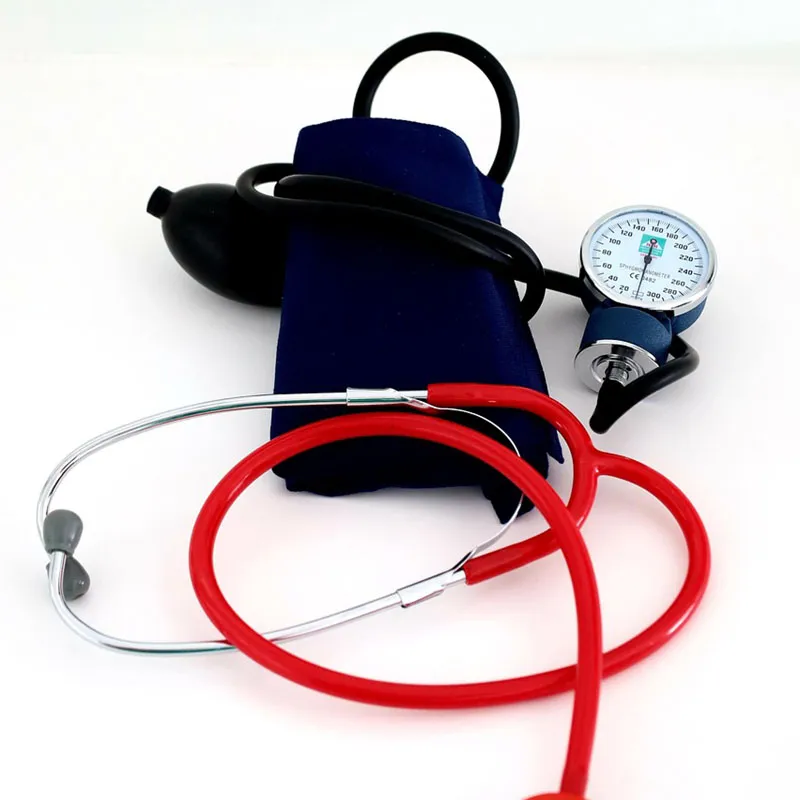Key Protective Design Elements of Drawstring Bags for Medical Supplies
As precision management becomes the norm in medical equipment handling, packaging systems are evolving from basic storage tools into critical defense mechanisms for ensuring instrument safety. According to global statistics, packaging defects account for approximately 15% of annual incidents involving contamination or damage to medical devices, posing direct threats to clinical safety. In light of increasingly stringent sterilization standards—such as ISO 11607:2023—and complex transportation scenarios, drawstring bags for medical devices must transcend traditional design paradigms and offer solutions that integrate protection, intelligence, and clinical compatibility. This article explores the design logic and technical implementation paths of innovative protective systems in medical-grade drawstring bags from the perspectives of materials engineering, usage scenarios, and regulatory compliance.
Fundamental Protective Design
1. Dustproof Sealing System
- Constructed from a composite of medical-grade nonwoven fabric and PE film to effectively block dust and fine contaminants.
- Equipped with a drawstring closure and an embedded sealing strip to create a dual-layer closure mechanism when cinched.
- Seamless heat-sealing technology replaces traditional stitching to eliminate gaps that could compromise sterility.
2. Instrument Protection Features
- Reinforced bottom cushioning layer (~2mm thick) to absorb shocks and prevent impact damage during transport.
- Built-in divider inserts stabilize instruments such as surgical scissors and forceps, preventing internal shifting.
- Transparent viewing window allows label visibility without opening the bag, enhancing workflow efficiency.
Industry Pain Points and Evolving Needs
- Instrument Damage Statistics: WHO reports that 12% of medical device transport damage is attributable to insufficient packaging protection.
- Clinical Feedback: 79% of nurses surveyed cited traditional packaging as inconvenient, with issues in accessibility and label clarity.
- Regulatory Pressure: The 2023 revision of ISO 11607-1 introduces new classification requirements for packaging material breathability.
Scenario-Based Design Enhancements
- Emergency Transfer Bag:
- Features high-visibility reflective strips and waterproof coating, suitable for nighttime or humid environments.
- Single-side emergency access opening enables rapid retrieval of critical items in under 5 seconds.
- Surgical Instrument Bag:
- Expandable bag body adapts to varying instrument set sizes.
- Built-in slot for sterilization indicator cards facilitates infection control compliance.
- Laboratory Specimen Bag:
- Orange biohazard labeling in line with medical waste classification standards.
- Leak-proof inner lining prevents accidental fluid seepage from samples.
Analysis of the Six-Layer Composite Protective Structure
| Structural Layer |
Material Composition |
Functional Parameter |
Test Standard |
| Outer Tear-Resistant Layer |
80g/m² PET with PU coating |
Puncture resistance ≥ 35N |
ASTM D4833 |
| Electromagnetic Shielding Layer |
Metallized film + carbon fiber weave |
EMI attenuation of 30dB |
IEC 61000-4-21 |
| Moisture Barrier Layer |
12μm aluminum foil composite film |
Water vapor transmission ≤ 0.5g/m²·24h |
ASTM E96 |
| Cushioning Layer |
EVA foam (density 0.03g/cm³) |
Energy absorption ≥ 65% |
ISO 2248 |
| Sterile Barrier Layer |
Medical-grade dialysis paper (0.22μm pore size) |
Microbial barrier penetration < 0.01% |
EN 868-5 |
| Inner Contact Layer |
LDPE food-grade film |
Biocompatibility Class VI |
USP Class VI |
Department-Specific Customization – Verified Use Cases
- Case 1: Laparoscopic Instrument Packaging
- Designed a C-shaped three-dimensional compartment to accommodate 30cm trocars.
- Inner surface treated with anti-fog coating to prevent condensation accumulation.
- Post-op, the bag can be directly suspended for disinfection, reducing processing time by 40%.
- Case 2: Nucleic Acid Test Sample Transport Bag
- Triple-layer biosafety protection system certified under UN2814.
- Surface coated with a virus-inactivation agent, reducing surface survival rate to <0.1%.
- Built-in compartment for cold packs maintains internal temperature at 2–8°C for up to 48 hours.
Quality Control Assurance
- Passed permeability testing for medical packaging materials per ASTM standards.
- Compatible with various sterilization methods, including steam and ethylene oxide.
- Available in 12 standard size options ranging from 250mm×300mm to 450mm×600mm.
Conclusion
The design innovation of medical drawstring bags is essentially an extension of medical risk control systems. By integrating a six-layer molecular-level dustproof barrier with adaptive environmental sensing capabilities, packaging evolves from a passive container into an active protection system. Department-specific customization has validated the design logic’s alignment with clinical demands, while cost optimization and sustainability planning pave the way for scalable industrial deployment. Looking ahead, the integration of biodegradable materials and smart monitoring technologies will transform medical packaging into a dynamic protective network spanning the entire lifecycle of medical instruments—ultimately becoming a standardized component of quality control in healthcare.




 We like to do design according to all the customers' requirements, or offer them our new designs. With strong OEM/ODM capabilities, we can fill your sourcing demands.
We like to do design according to all the customers' requirements, or offer them our new designs. With strong OEM/ODM capabilities, we can fill your sourcing demands.